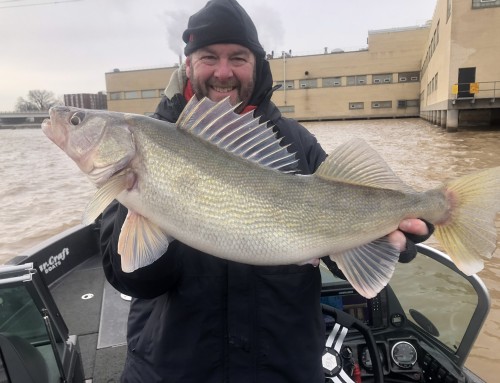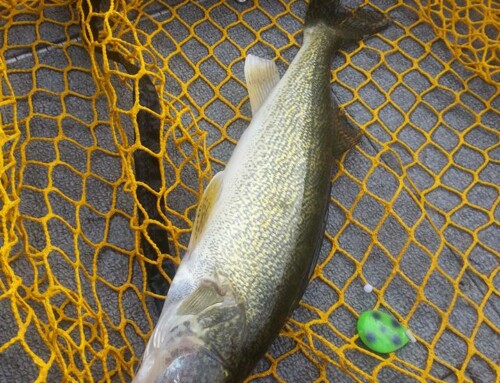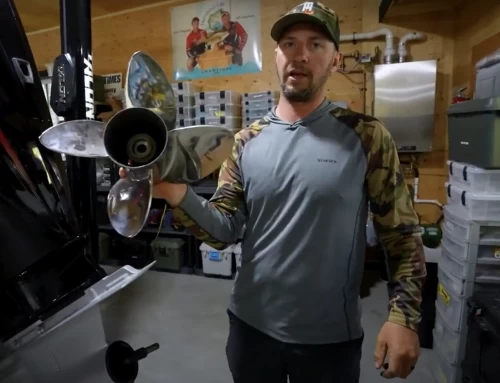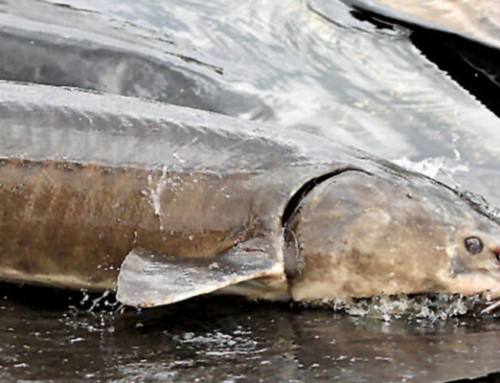TED PECK
When it comes to fishing, high-tech stuff is a necessity. Everybody knows you’ll catch more fish on a $400 St. Croix Legend Extreme rod than a $10 Walmart special rod that includes a line-filled reel.
My new MinnKota Ulterra trolling motor is off the charts. It deploys itself, takes you quietly to the fish, anchors up—then nets your fish. I’m not sure about that last part, but almost certain there is a button for netting fish on the remote.
The trolling motor “talks” to the Humminbird Helix 10 fish finder/GPS/waffle iron. Mine doesn’t have the waffle iron SD card yet. But it does have a Lakemaster chip with intimate details of essentially every lake in Wisconsin on it.
Since these fishing tools are all new, the cost-per-perch dinner is still astronomical. But in less than five years, it should be down to less than a grand.
The crazy thing is the best final link between pescadore and perch is the basic hook and sinker—still less than a quarter, including bait.
Lake Winnebago has had a perennial reputation as Wisconsin’s premier walleye factory. Over the past several years, the perch population on Big Winnie had come on like gangbusters, gaining an ever-increasing number of devotees.
Perch and walleyes are both members of the family Percidae, with walleyes keen on inviting their smaller gold cousin to a family dinner, then eating them. Troutperch, emerald shiners and yellow perch are all substantial components of the Lake Winnebago walleye forage base.
But this column isn’t about trolling No. 5 Berkley Flicker Shads 30 feet behind planer boards near reefs and mid-lake humps for walleyes. It’s about pounding perch: Wisconsin fishers’ secret passion.
Wrapping your head around the predator/prey relationship is key to being consistently successful on any fish species.
Perch know walleyes want to eat them. They also know the best way to survive is taking refuge in weedbeds. Weedbeds also hold invertebrates like hellgrammites, caddis flies and freshwater shrimp.
Invertebrates are the primary forage base for yellow perch. Living somewhere in a lake ecosystem where you can eat without being eaten make the bazillion perch that call “Big Winnie” home both fat and happy.
Those reefs and mid-lake humps where walleyes cruise waiting for their forage base to stray from weedy refuge are where you’ll find the perch right now on this sprawling inland lake, hovering near the bottom in four to nine feet of water.
There are dozens of these natural structures in Lake Winnebago. Perch are holding on essentially all of them. The difference between finding a few perch and a bunch of perch might mean moving less than 20 feet.
Locating structure and perch is child’s play when you’re running around the lake in a seaworthy, tricked out boat. You might think perch would be impressed with a $6 lure on the business end of that $400 St. Croix rod.
They aren’t.
On a recent adventure on this water I tried a half-dozen shiny little objects with hooks.
The perch weren’t interested.
They wanted a simple pinch of nightcrawler on a No. 8 red hook eight inches below an orange bead that served as a stopper for a 1/8-ounce egg sinker.
The best action came by finding bottom and cranking in about a foot of line then setting the ultra-sensitive rod on the boat’s deck with the tip hanging out over the gunnel.
Wave action did all the work, pounding the egg sinker on the bottom, stirring up mud. This commotion drew in the perch. When the rod loaded up with weight on the end, filling the livewell was a simple matter of setting the hook, turning the reel’s crank a dozen times and throwing perch in the box.
Fortunately, there was no need for the landing net that I believe is hiding amongst the buttons on the trolling motor remote.
I wouldn’t use the waffle iron feature of the fish finder even if such an appliance existed.
There is much to be said for releasing lightly battered perch fillets into an old iron frying pan half-full of popping hot Crisco.
Ted Peck, a certified Merchant Marine captain, is an outdoors columnist for The Gazette. Email him at [email protected].
Source: Walworth County Today





